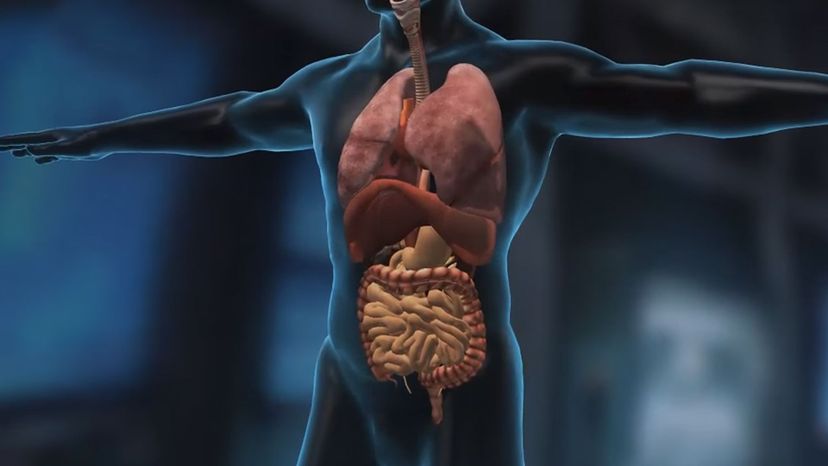
About This Quiz
Sure, you know what a heart looks like. Well, maybe you do! If you think the human heart looks like that red paper cutout on a Valentine's Day card you bought for your sweetheart, you should stop now and find an anatomy book to read for a while. But we're betting you can get at least the major organs and maybe a few more from a picture. But all of them? To do that, you'll have to be a real expert!
One of the great thing about organs is that they can be transplanted into others after you're, well, done with them. But you don't even have to die to donate! The liver, for example, regenerates itself. So if you donate a chunk of your liver to a person in need of one, eventually yours will grow back to its former livery self. Now, not all your organs (or even most of them) can do that, so don't go giving your heart away heedlessly. Wait for someone who truly loves you! (See what we did there?)
The organs of your body form an amazing system which keeps you alive and functioning more or less normally. Some are incredibly vital, but some only come into play at certain times. We'll give you a picture, and you tell us which organ we're showing you!
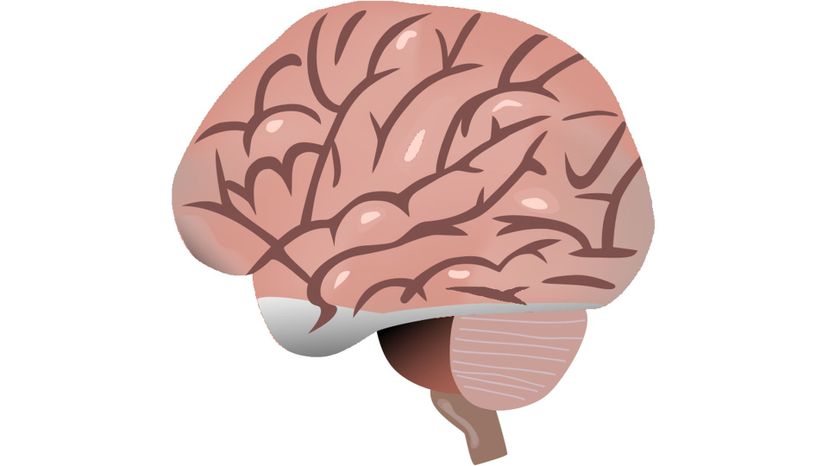
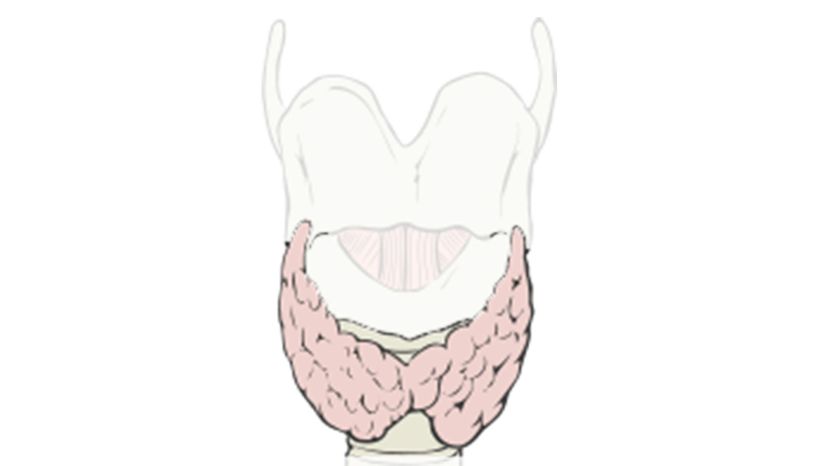
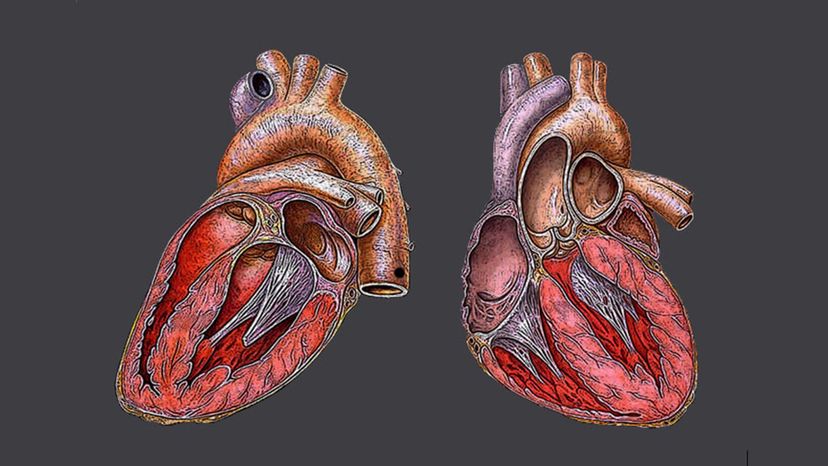
Advertisement
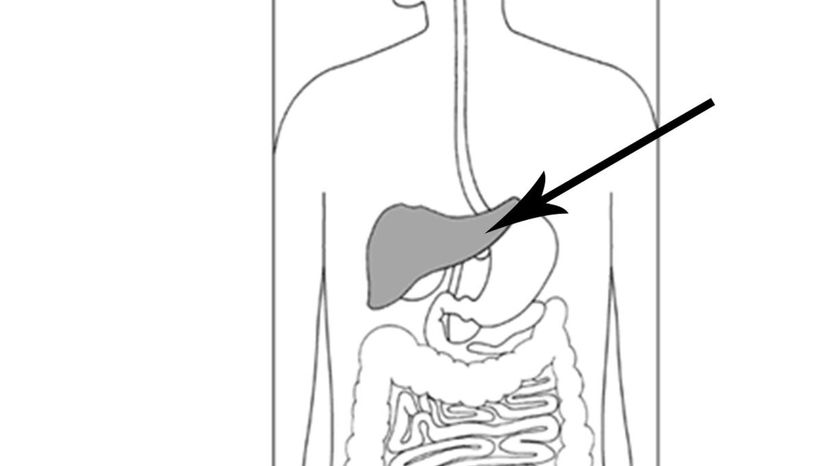

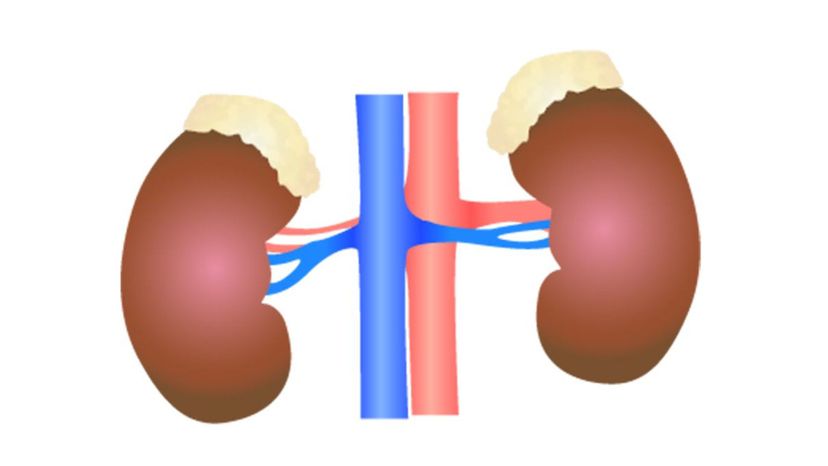
Advertisement
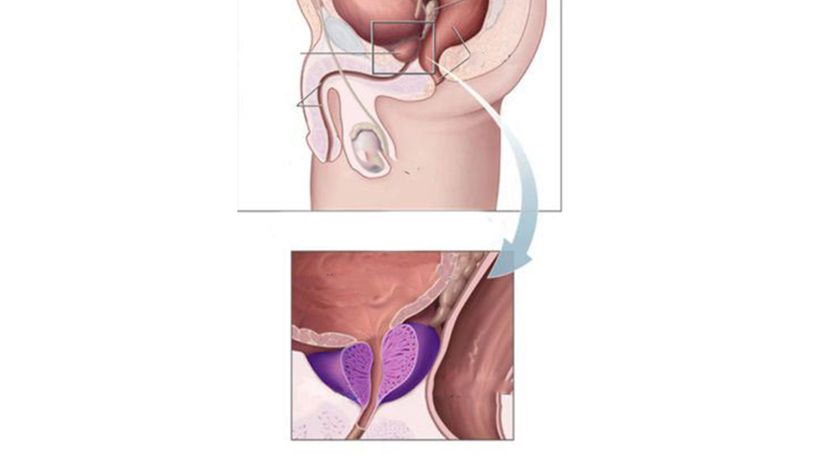
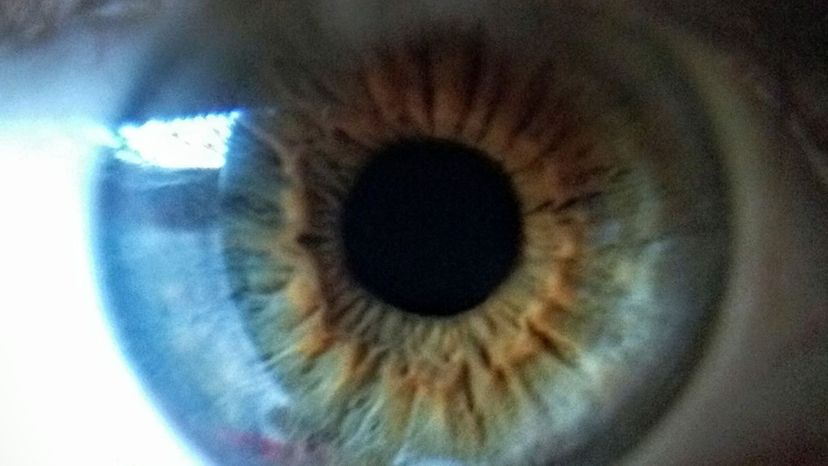

Advertisement
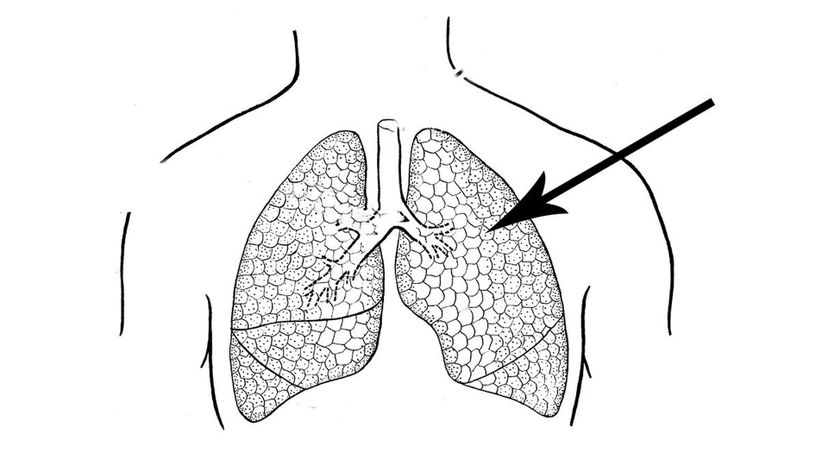
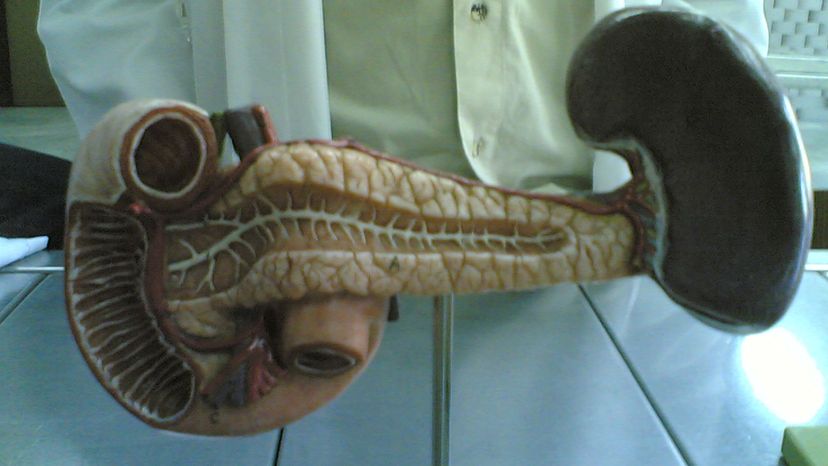
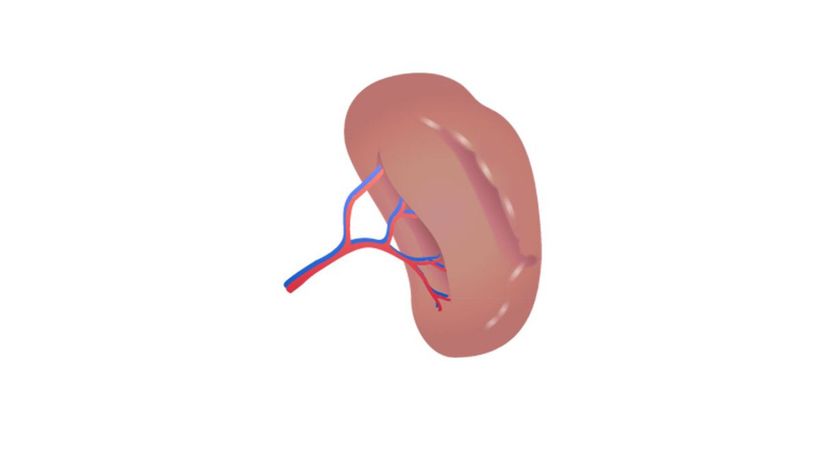
Advertisement

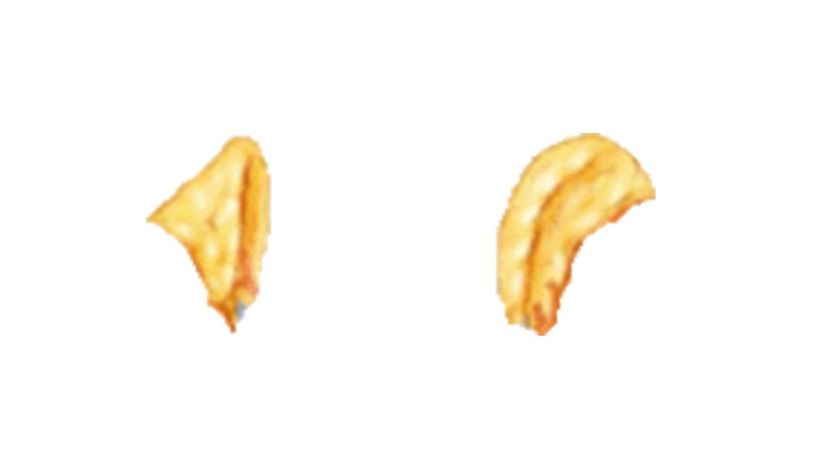
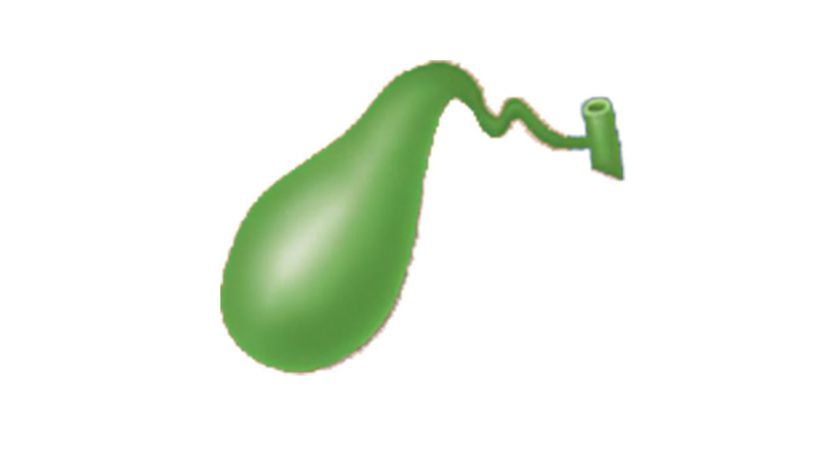
Advertisement

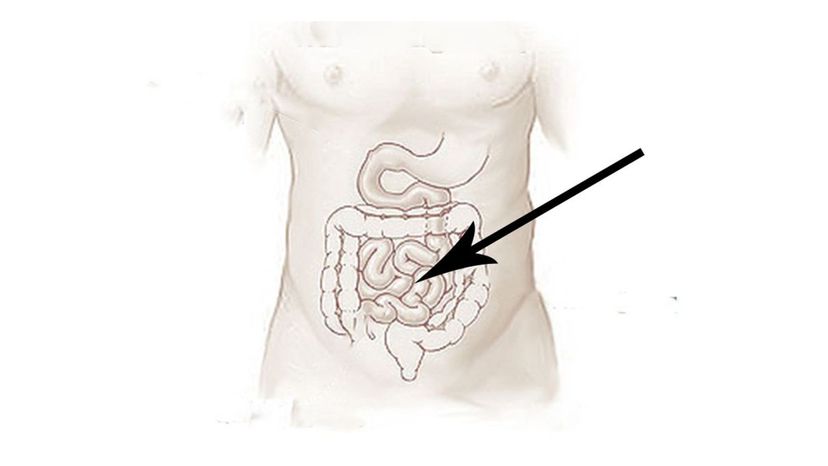
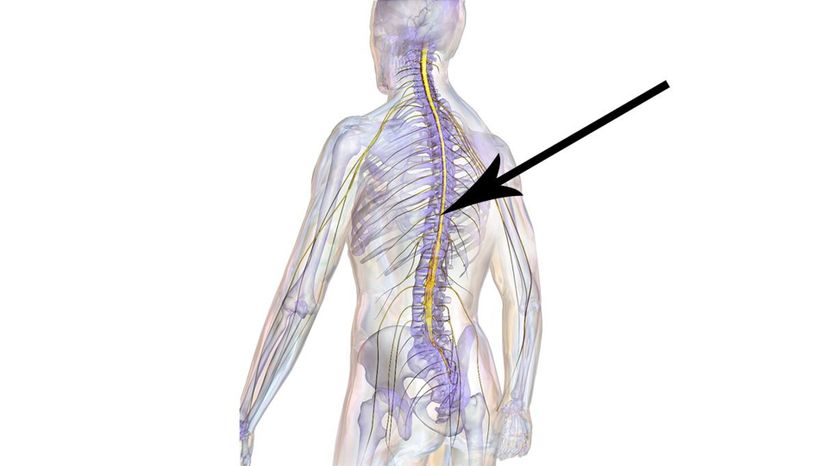
Advertisement
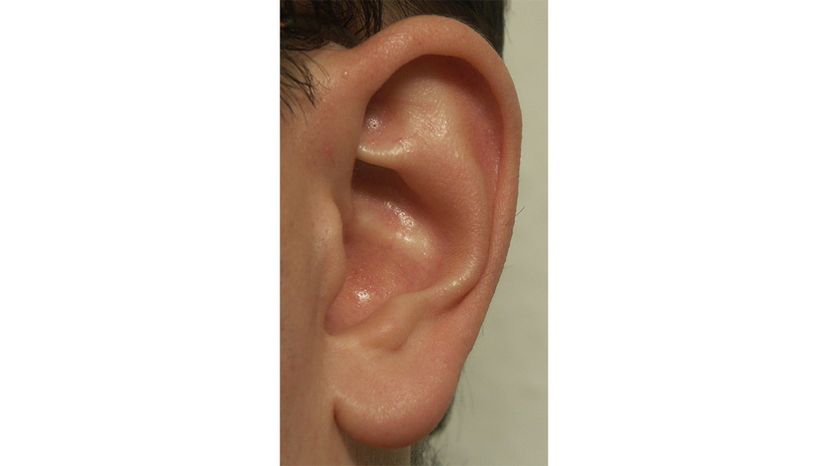
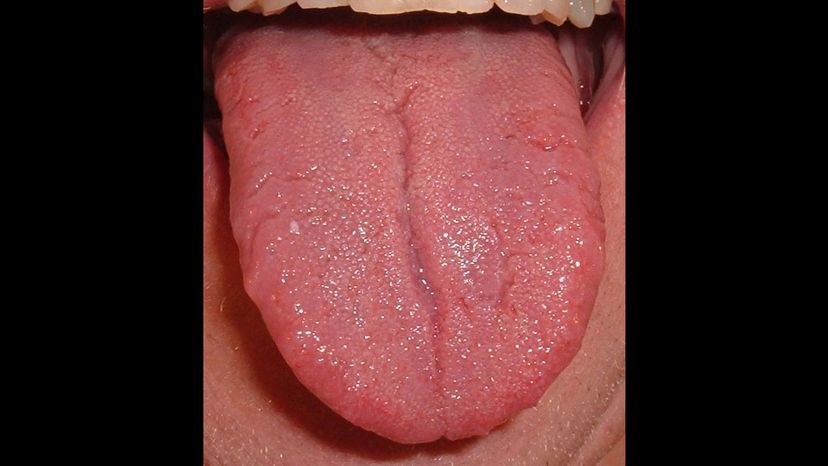
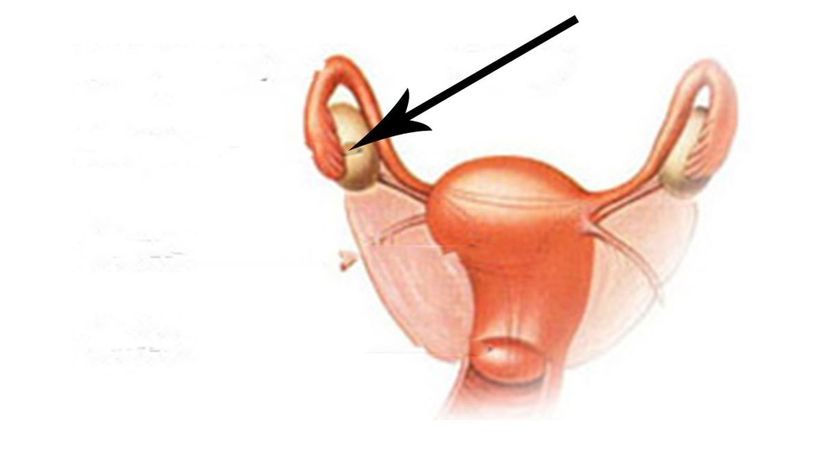
Advertisement
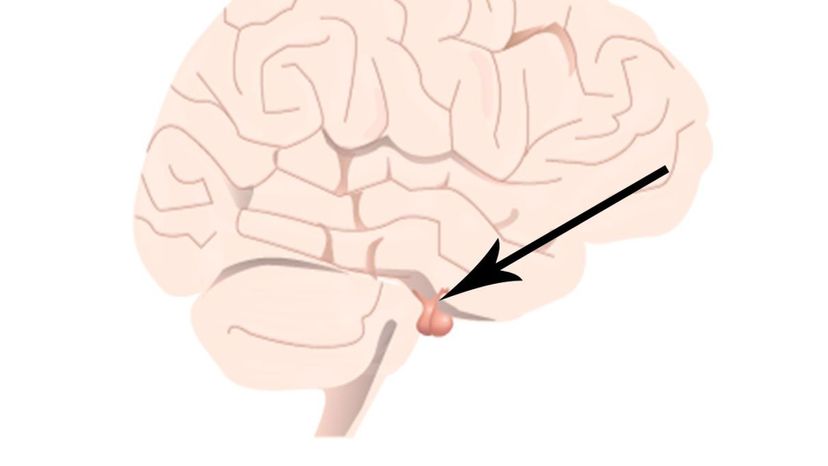
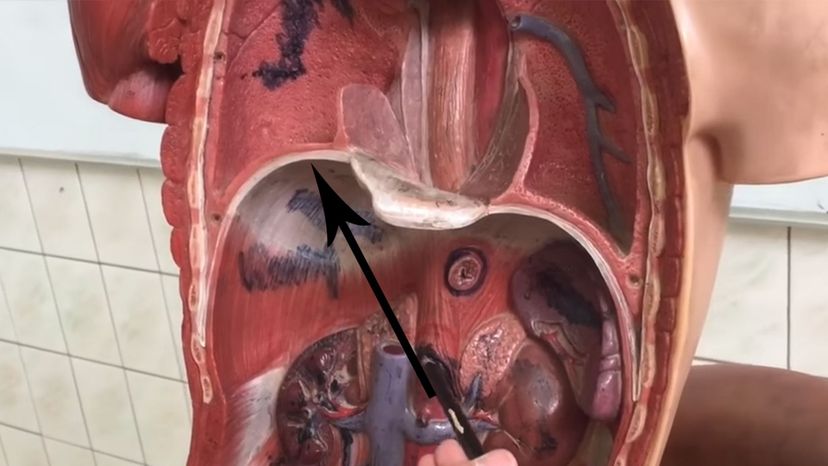

Advertisement
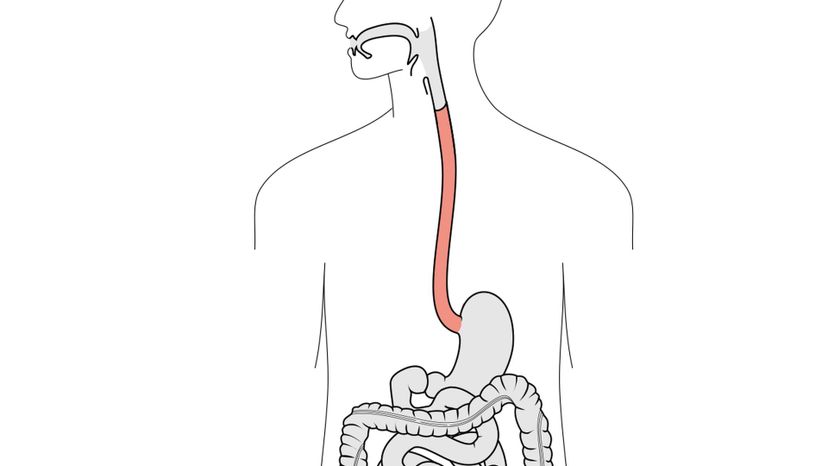
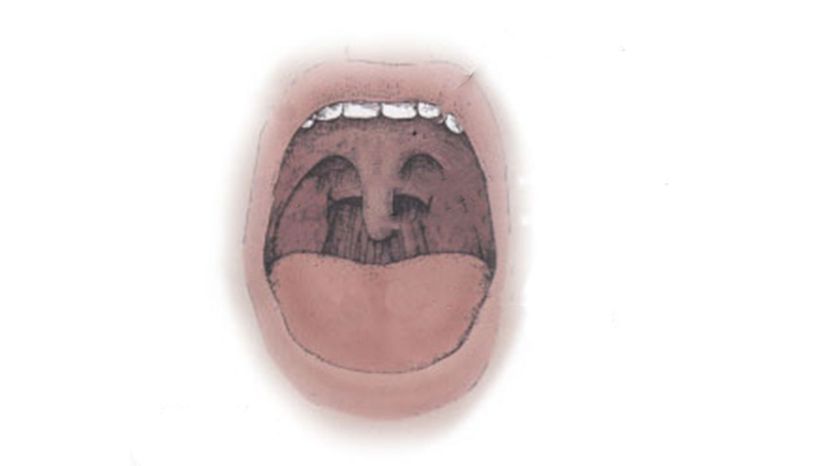

Advertisement

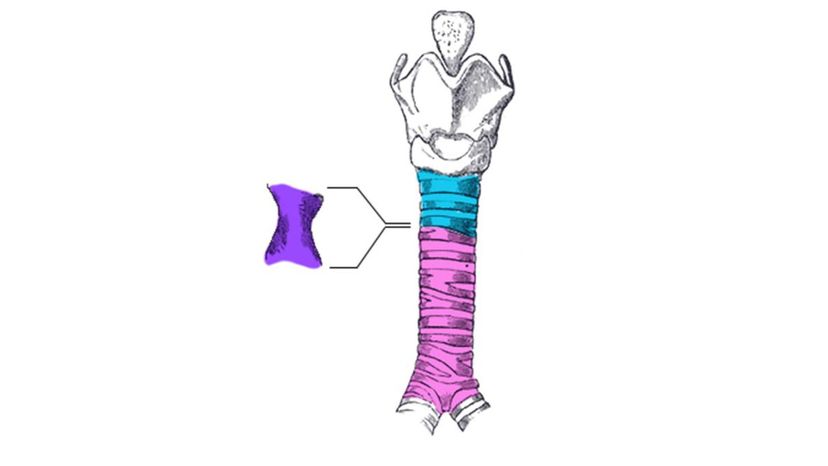
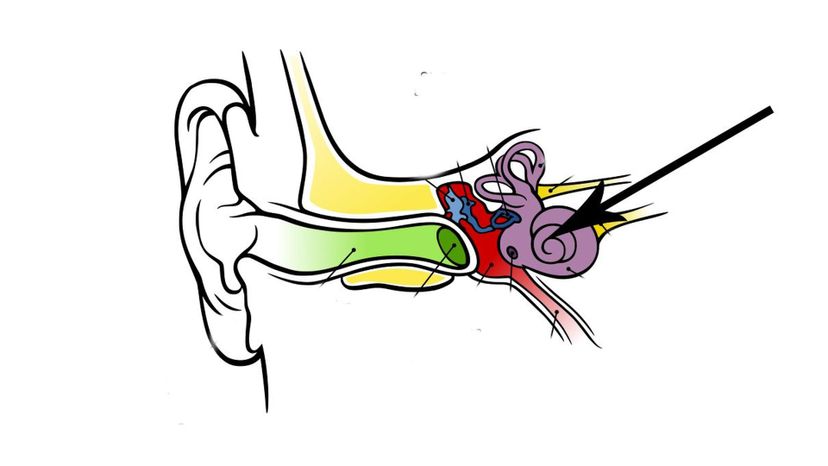
Advertisement
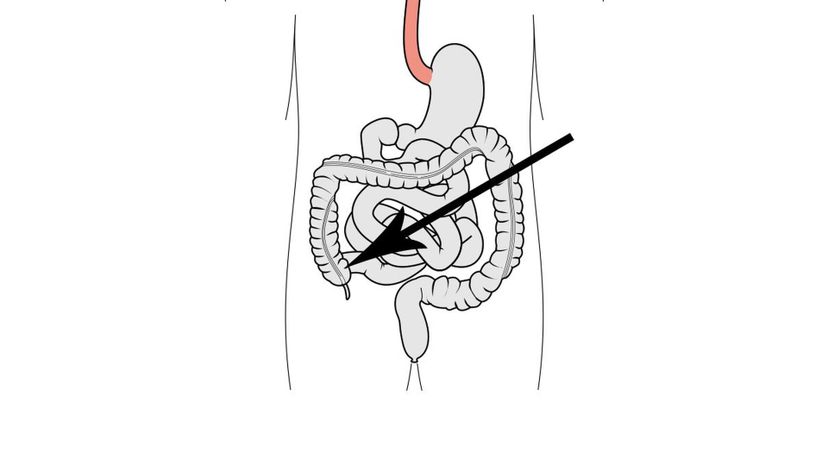
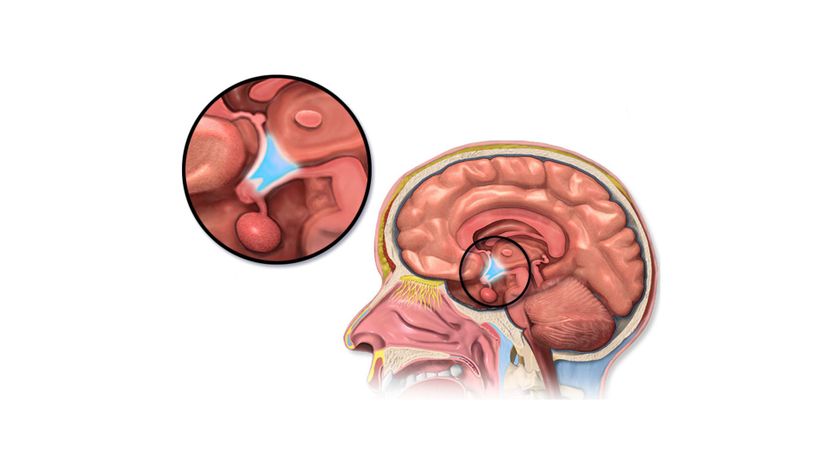

Advertisement
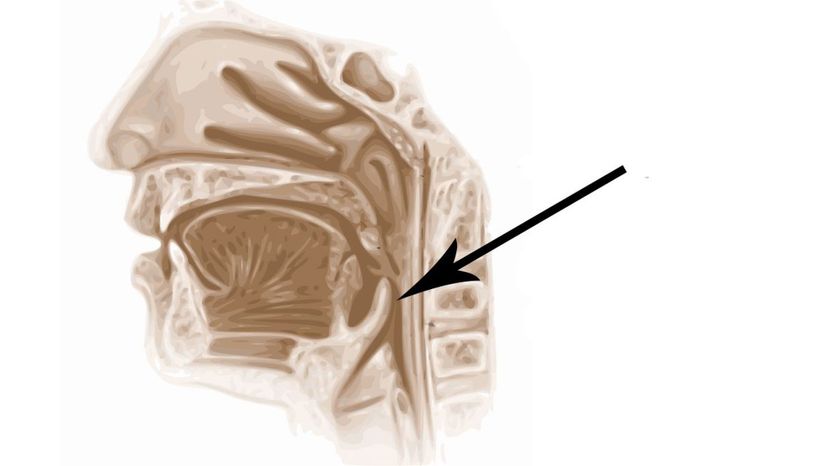
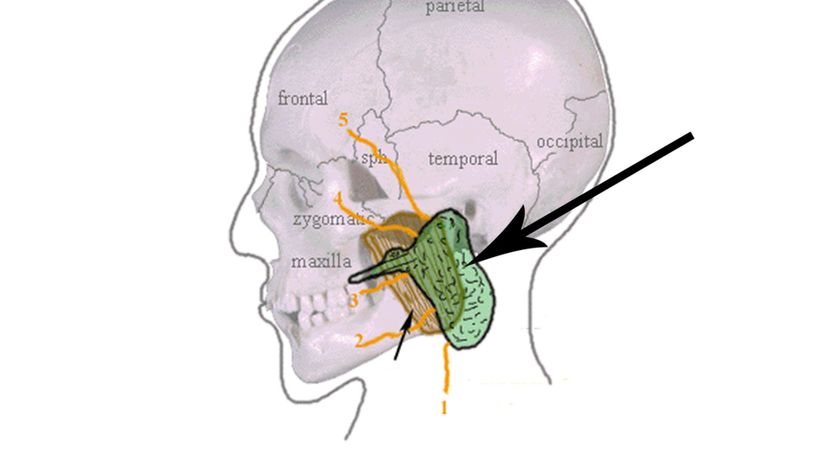
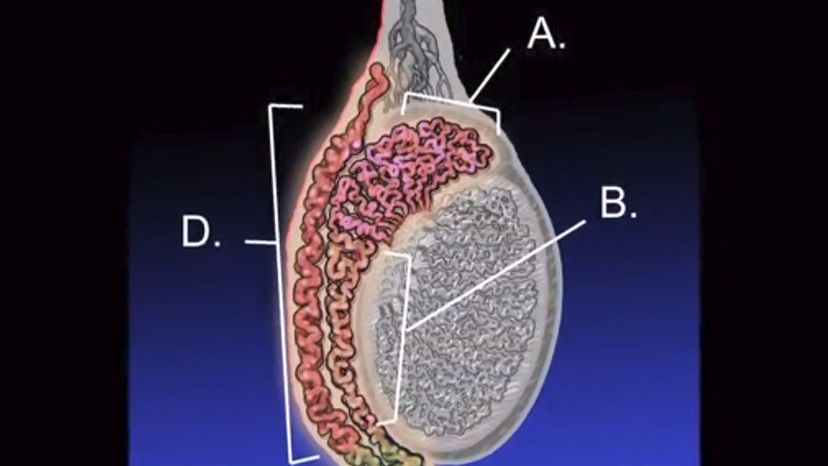
Advertisement
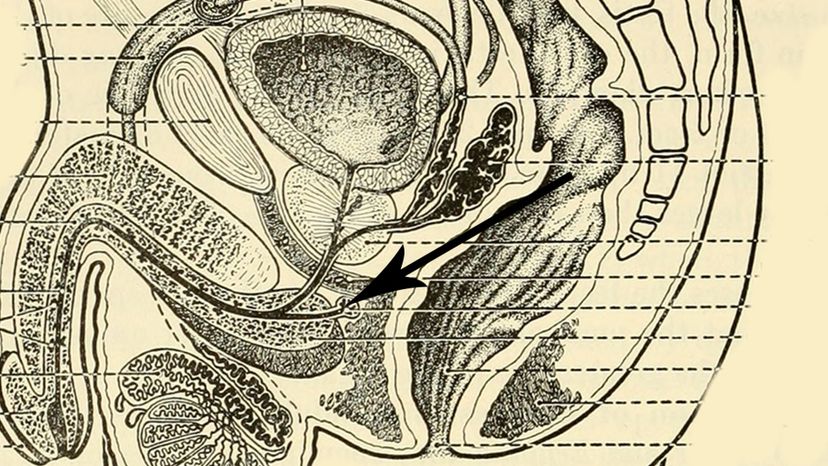
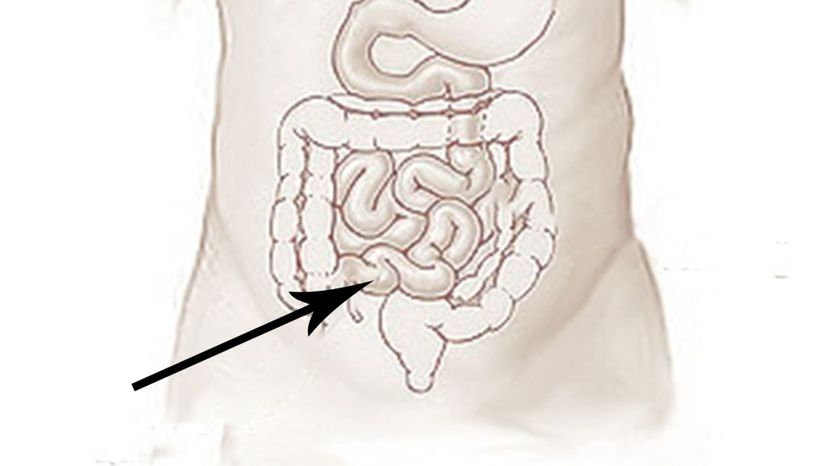
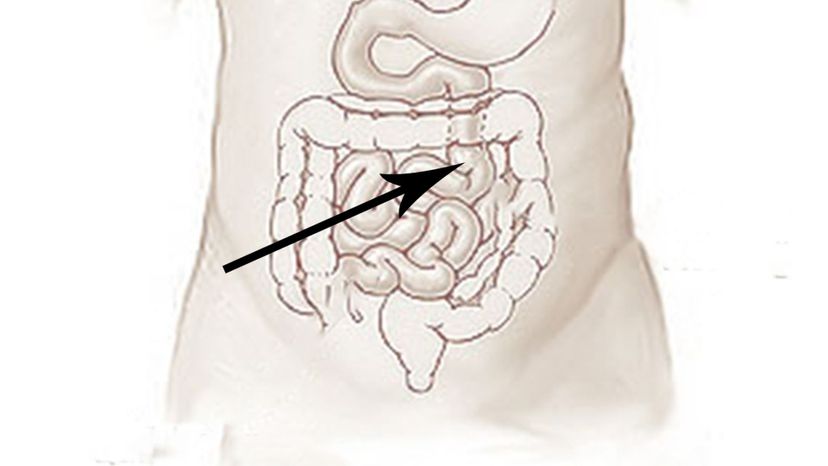
Advertisement
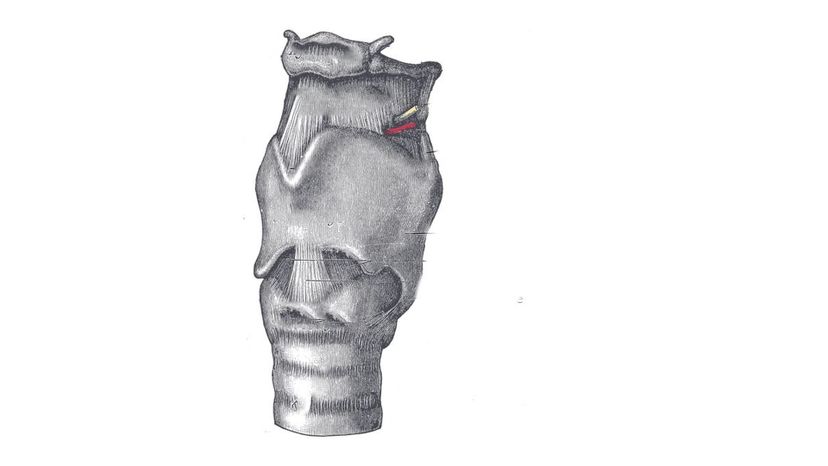
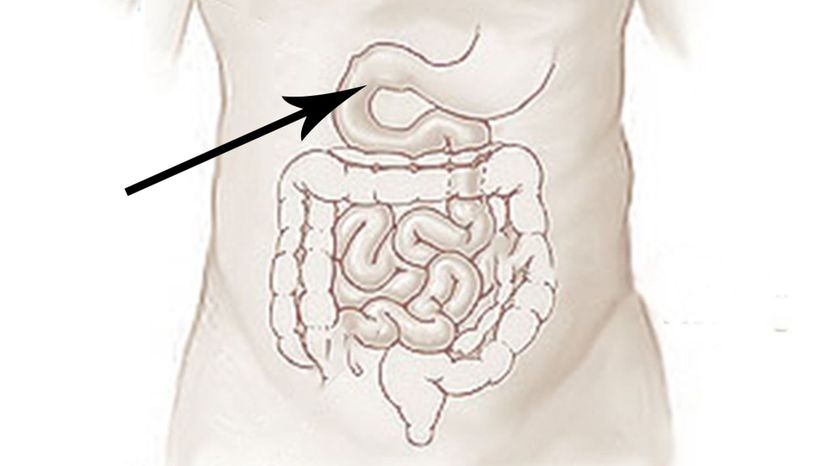
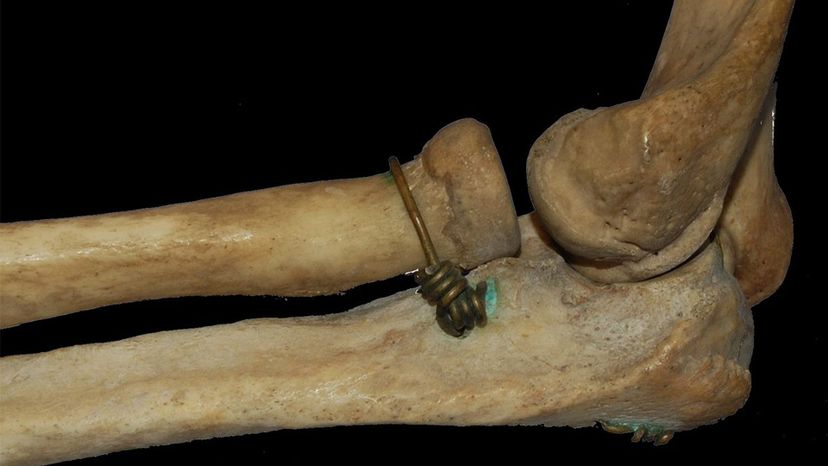
Advertisement
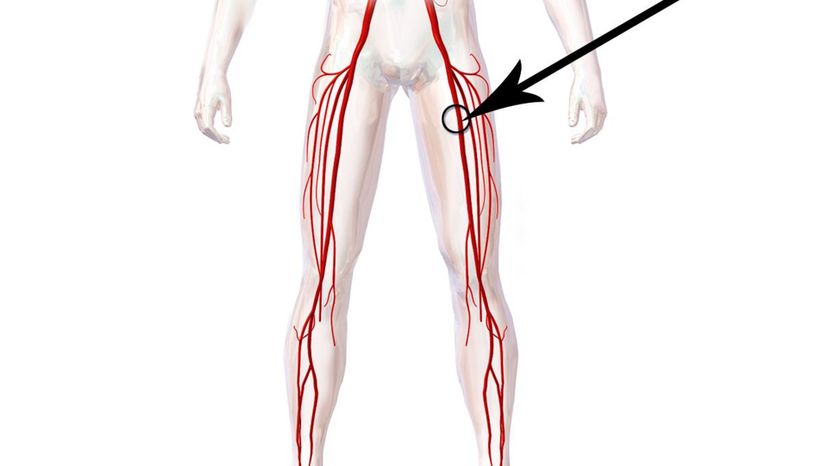
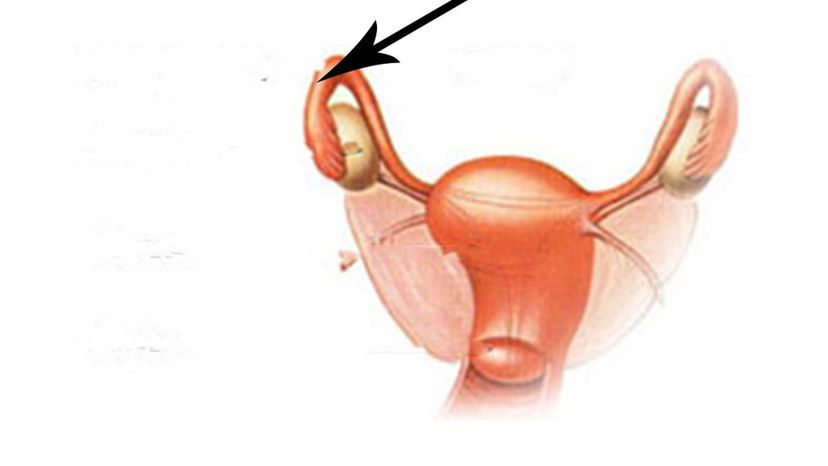
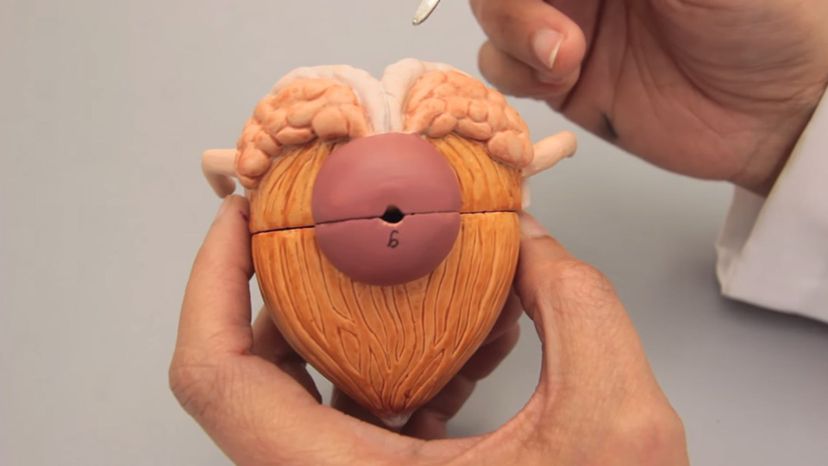
Advertisement